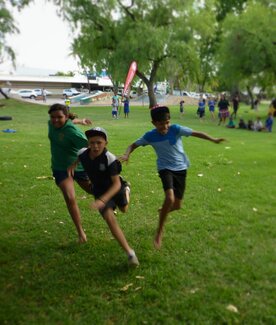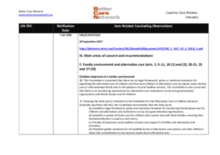

Displaying 301 - 310 of 674
This chapter from the book Re-Visioning Public Health Approaches for Protecting Children critiques historical and contemporary child protection approaches that are viewed as replicating the colonialist practices of child removal and destruction of families/parenting and communities. Using Australia and Canada as examples, it focuses upon three different sources of the disadvantage and distress that Indigenous communities typically experience: the impacts of Colonisation; intergenerational trauma; and the ongoing social, economic, legal and political inequalities that stem from deep-seated inequity.
In this chapter from the book Re-Visioning Public Health Approaches for Protecting Children, the authors critically examine the practical and organisational issues as well as the ideational and procedural ones that challenge policy makers, leaders and those delivering services as they attempt to re-focus child protection service delivery toward earlier intervention and prevention within a public health framework.
"Do we ever ask if we are really giving these kids a better life? Many of us grow up locked in a cycle of depression and pain," says Kirsten Gray in this opinion piece for the Guardian.
This chapter from the book Leaving Care and the Transition to Adulthood explores progress towards realizing the rights of young people in and leaving out of home care in Australia, Sweden and the UK.
This chapter summarises a case that goes beyond traditional welfare archives to reveal a story of multi-generational welfare custody, exemplifying the historic ideology underpinning child welfare in Victoria, Australia.
This study examined associations between early developmental vulnerabilities and (1) the highest level of child protection response (where out-of-home care was deemed the highest response among other types of reports/responses), and (2) the developmental timing of the first child protection report.
This podcast episode by Tiny Spark explores how the surge in orphanage volunteers may lead to child trafficking and asks who is benefitting from these experiences: vulnerable children or foreign volunteers?
This paper presents a therapeutic model of practice that incorporates Aboriginal concepts of healing and spirit within a creative therapeutic framework.
This country care review includes the care-related Concluding Observations adopted by the Committee on the Rights of the Child and the Committee on the Rights of Persons with Disabilities.
UNICEF Fiji is seeking a Consultant to support Child Protection Assessment for the Markets for Change / M4C Project.


